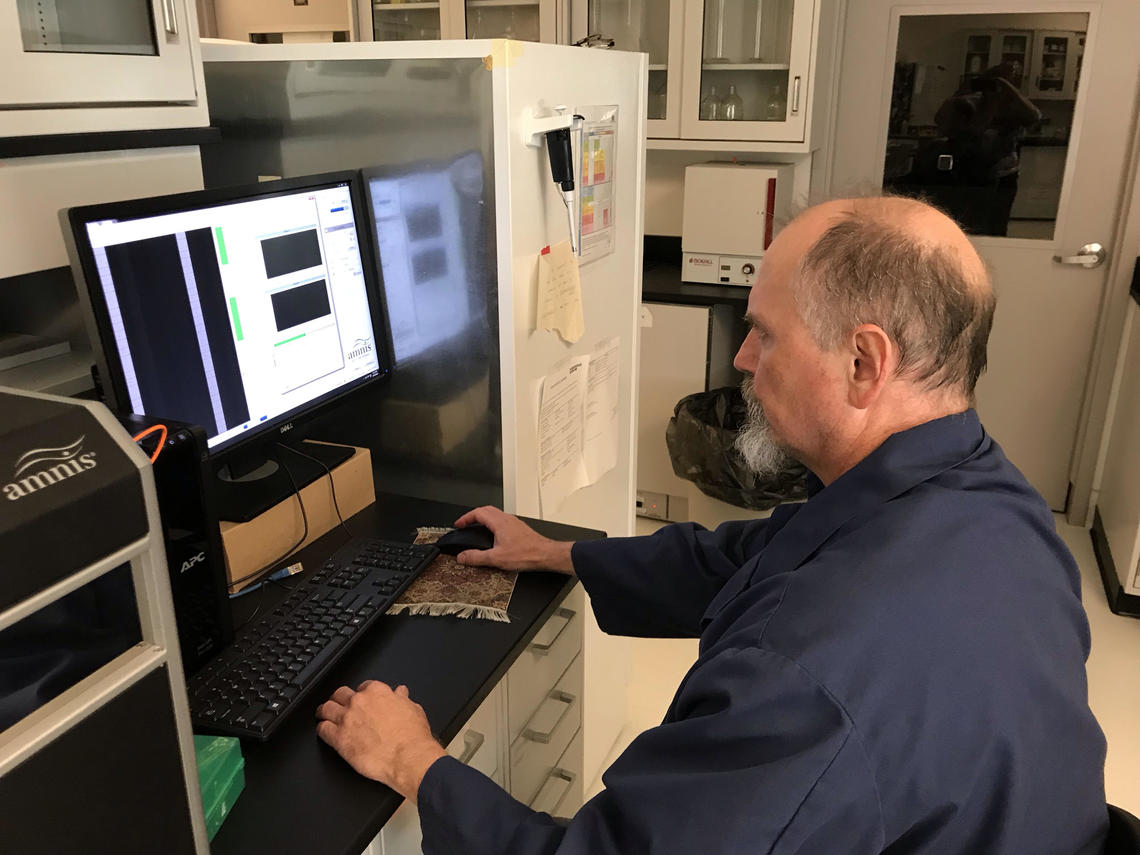Due to a lapse in appropriations, the majority of USGS websites may not be up to date and may not reflect current conditions. Websites displaying real-time data, such as Earthquake and Water and information needed for public health and safety will be updated with limited support. Additionally, USGS will not be able to respond to inquiries until appropriations are enacted. For more information, please see www.doi.gov/shutdown
Assessment of the immune status of wild and laboratory-maintained smallmouth bass
Science Center Objects
Deaths of young-of-year smallmouth bass in the Chesapeake Bay drainage has been noted since 2005. Studies of affected fish have found bacterial, viral and parasitic infections. Mixed infections suggest these fish are immunosuppressed. Understanding the role of specific pathogens and environmental factors that contribute to their presence is important but equally important is the understanding of the factors that may adversely affect the immune system and hence the ability of these fish to resist disease.
In this study we are sampling smallmouth bass at sites in the Chesapeake Bay drainage with varying land use and varying levels of young-of-year disease. These fish are being evaluated for both disease status and immune function. Environmental factors that may be contributing to disease development and altered immune function are also being measured. To support this work with wild fish we are also establishing a healthy laboratory population of smallmouth bass and confirming that immune assessments performed in this environment will be applicable to what is occurring in the wild fish. Having healthy fish in laboratory setting allows for detailed assessments of factors potentially affecting the smallmouth bass in the Chesapeake Bay drainage.


